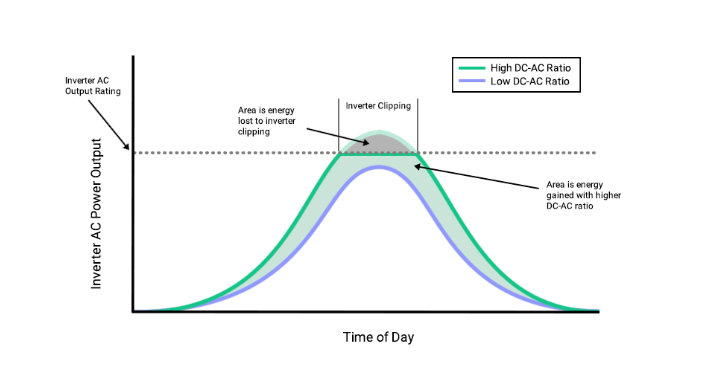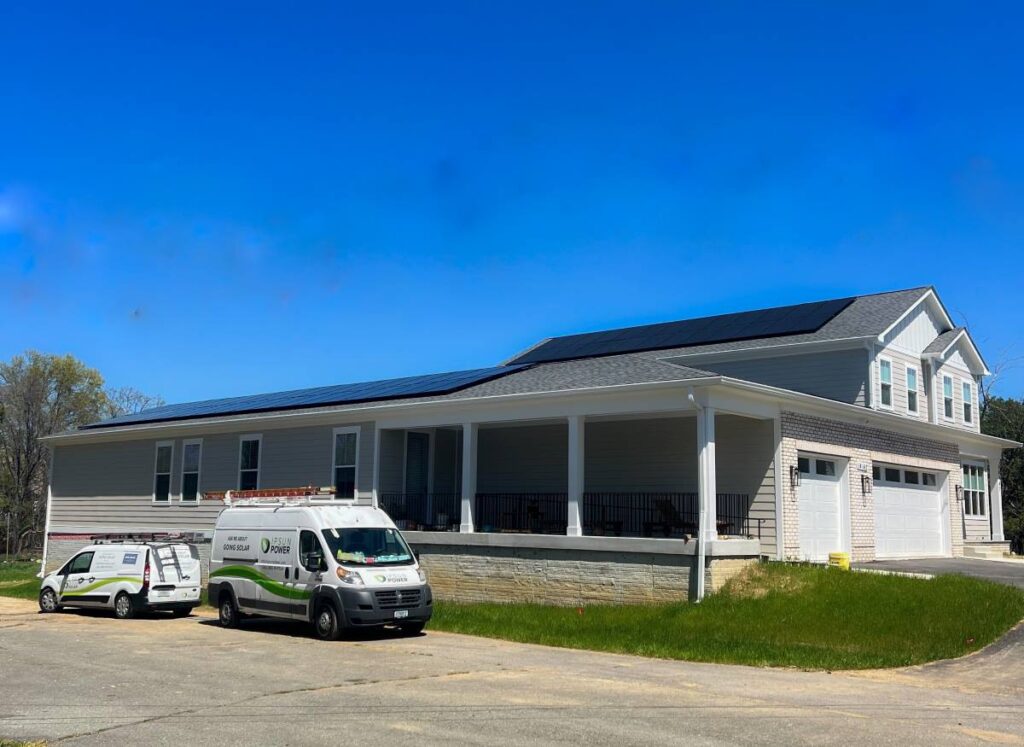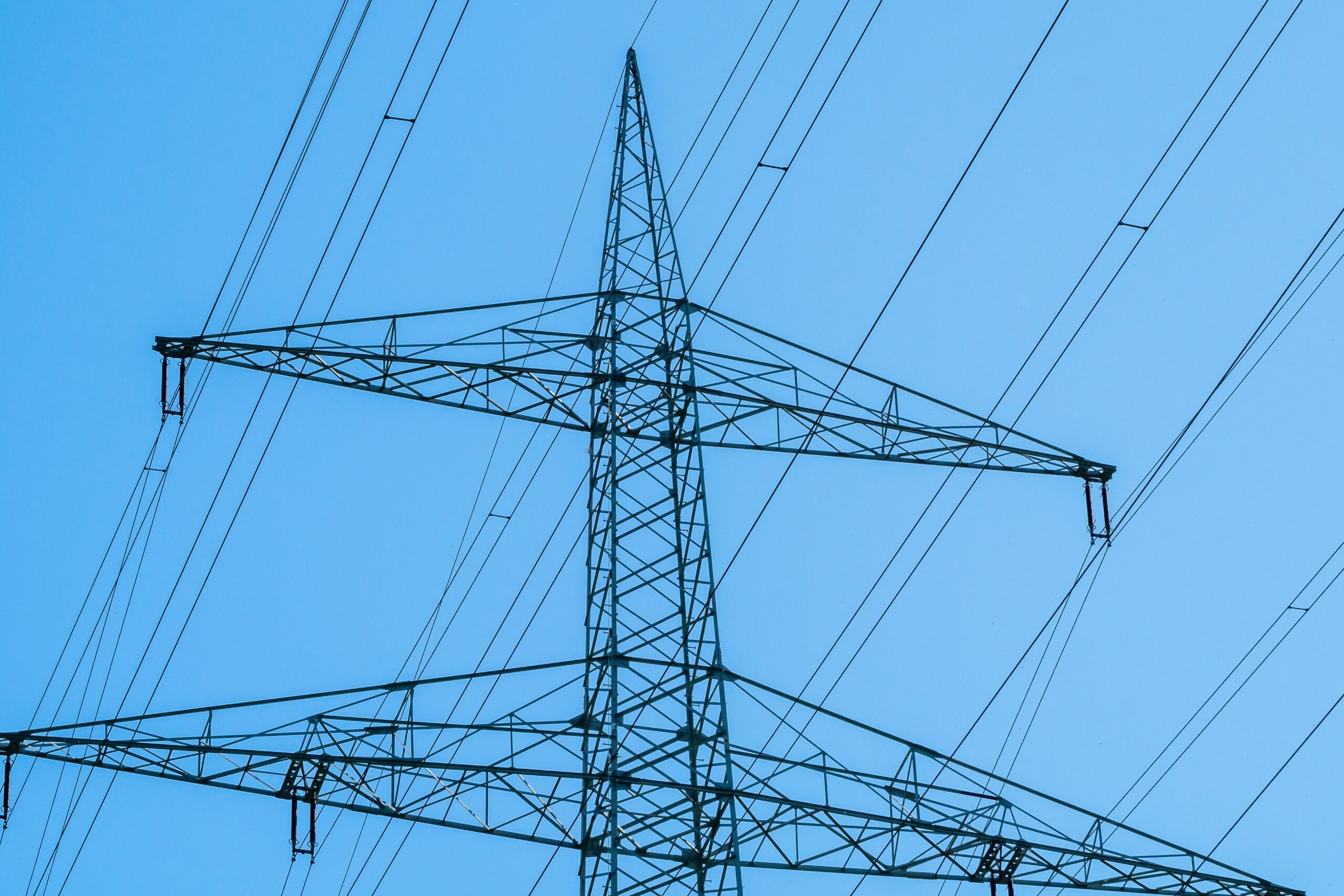If you’re researching solar, one of the top things you may be wondering is how to ensure your system produces as much power as possible while still making good financial sense. There are so many factors that go into designing a powerful, efficient, and economical solar system. It’s important to work with a designer and engineer who can maximize your roof space without needlessly oversizing your project and wasting your money.
When you think about optimizing your system for both cost and production, you need to consider orientation and shading, the potential for inverter clipping, and your electrical wiring and main service panel specifications. Luckily, Ipsun’s designers and engineers are able to expertly determine the correct setup for your specific needs—and for your budget. Let’s dig into some of these points in a bit more detail:
System optimization for panel tilt and orientation
It’s hard to find a roof that has the absolute perfect conditions for solar. In our area, that’s about 30-degree roof pitch and south facing with no shade. But that’s OK! Today’s panels are designed to produce energy efficiently even if conditions are not optimal. This is one of the reasons we rely on Q Cells 405 watt solar panels.
Q Cells is a leader in solar panel production and have a reliable reputation that will back up their product for many years to come. Q Cells was the first company to use Passivated Emitter and Rear Cell (PERC) technology, which boosts efficiency even in low light or on high heat days. PERC design means that the back of the panel is also able to capture light and create energy.
They also have the most American-made content available, which is important to us. The panels come from their US headquarters in Dalton GA, the largest solar module assembly plant in the western hemisphere. They are backed by a 25-year product and performance warranty guaranteeing at least 86% of the initial power after 25 years.
Understanding inverter clipping
Another important factor to consider in system design is the potential for inverter clipping. Solar inverter clipping happens when solar panels provide more power than an inverter is rated to handle. All inverters have a maximum capacity that is usually less than the wattage of the panels you have installed. So at times when conditions are perfect for solar energy production, the inverters may cut off your production at a lower level than your system is actually capable of.
The result is a daily production graph with a “flat-top” showing that the microinverters are maxed out even though the panels can produce more energy at that specific time.
This might seem like it doesn’t make sense—why would we design a system with inverters that limit the panels’ production ability, or that has panels that create more power than the inverters can handle? Well, if you look at the graph below you can see that if the correct wattage panels are chosen, over time the total amount of energy produced (light blue shaded area) is actually greater overall– even if the highest production time is clipped.

Green line represents production of higher wattage panels that would be clipped. Blue line represents lower wattage panels that never reach the inverter’s rated output limit. The blue shading shows that the overall production is greater with the higher wattage panels despite the clipping that occurs. Image courtesy of Aurora Solar
The key is getting this ratio right to ensure maximum power output over time (blue shading), rather than maximum possible output at any one point in time, in a cost effective way.
So why not just design the system with inverters that can handle the panels’ highest wattage?
It all comes down to your return on investment. This is where your roof orientation, electrical setup, and your wallet come into play. We could design a system with higher rated inverters that would not ever clip, but you would probably only make use of that ability for a few hours each year. Optimal conditions for solar production are rare, and if your roof is not 30 degrees and totally south facing with no shading, then maximum output for your panels will not often be reached.
Creating a system to take advantage of those rare conditions is also expensive—inverters with a higher maximum rating cost more, and once you have that much electricity running through your system, you’ll need an electrical panel and wiring that is rated to handle that extra load. Using breakers with higher amperage and larger wiring would be required for most homes, which adds further expense. There are few situations where the potential gain in energy production parallels the increased cost of the system to create a positive return on your investment.
Find out what your home’s solar ROI could be!
Reach out to set up a quick chat with one of our solar experts to learn about your home’s solar potential. Get in touch today: Give us a call at (703) 691-5192 or click below!





